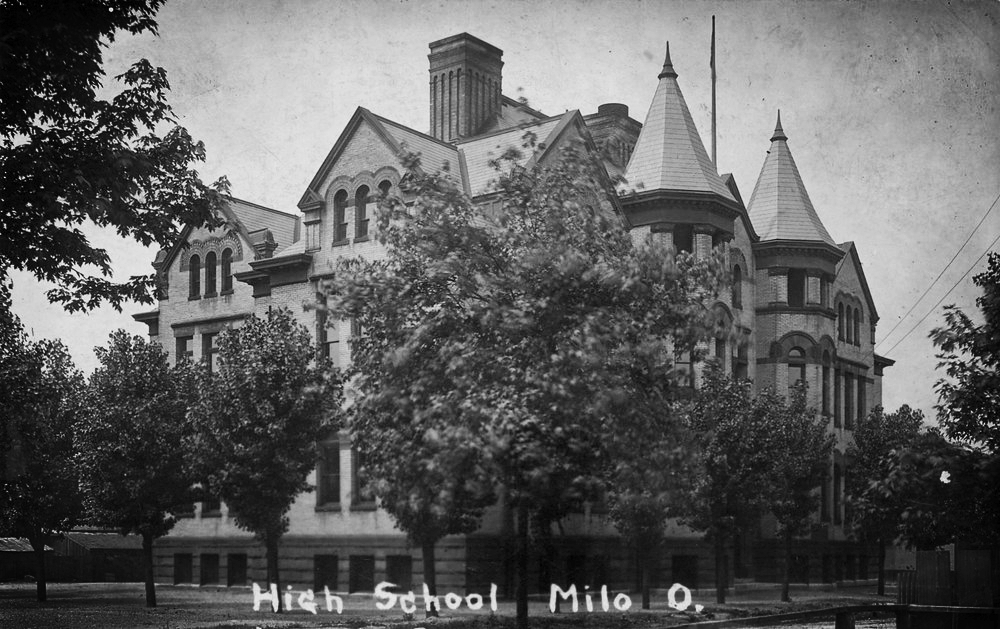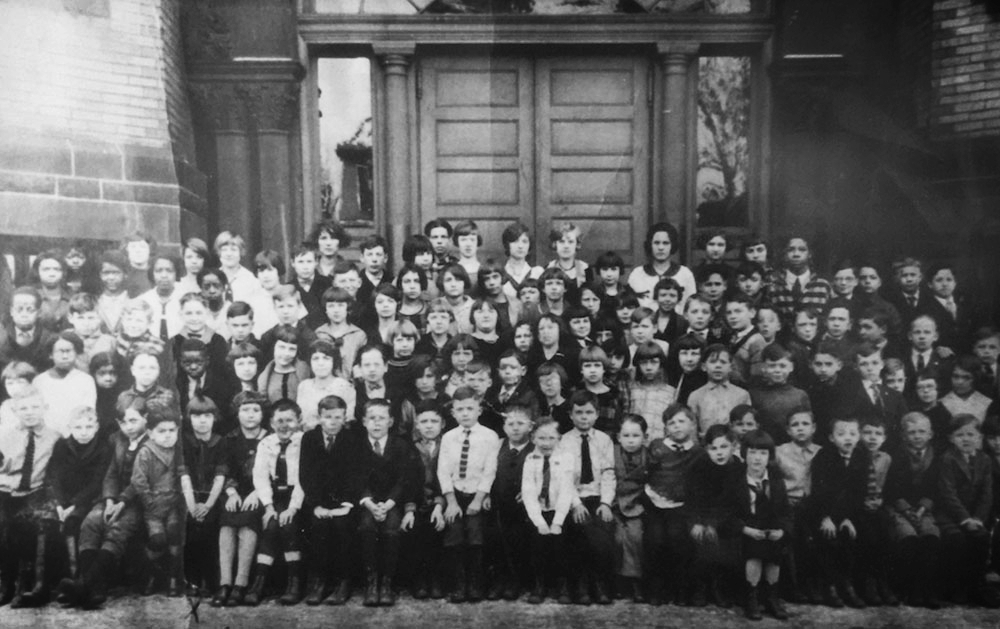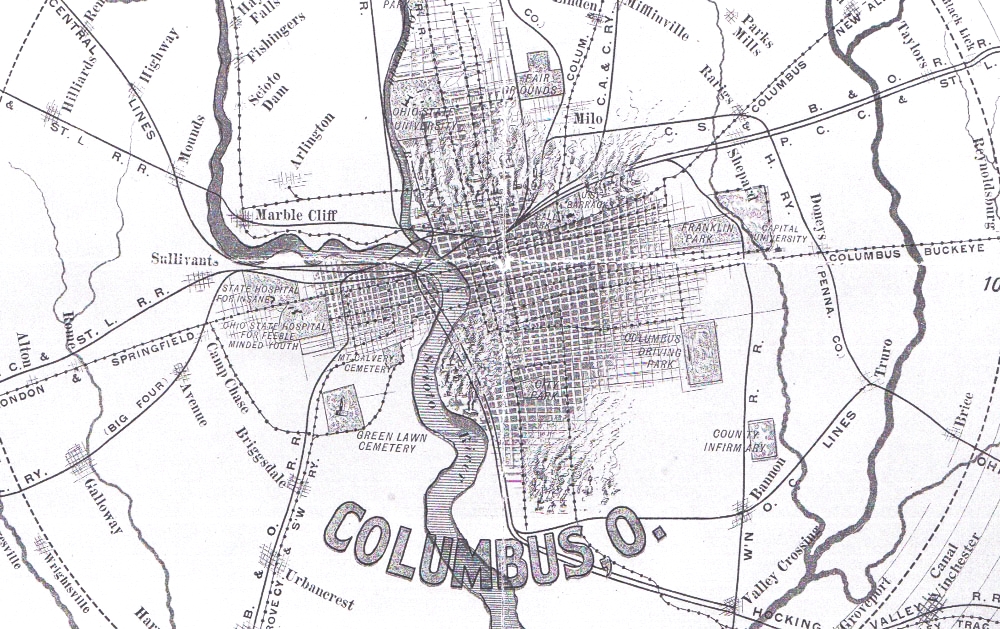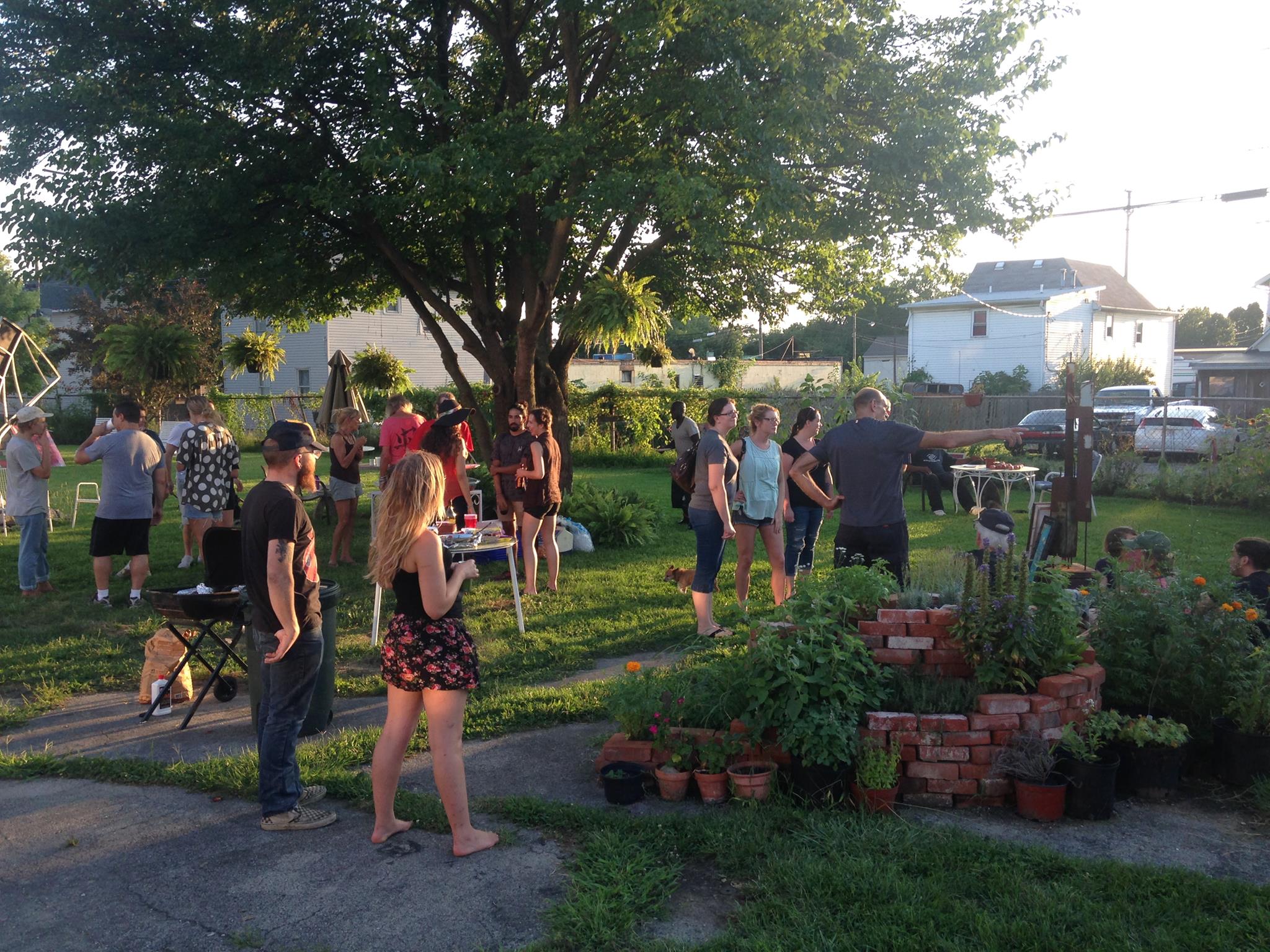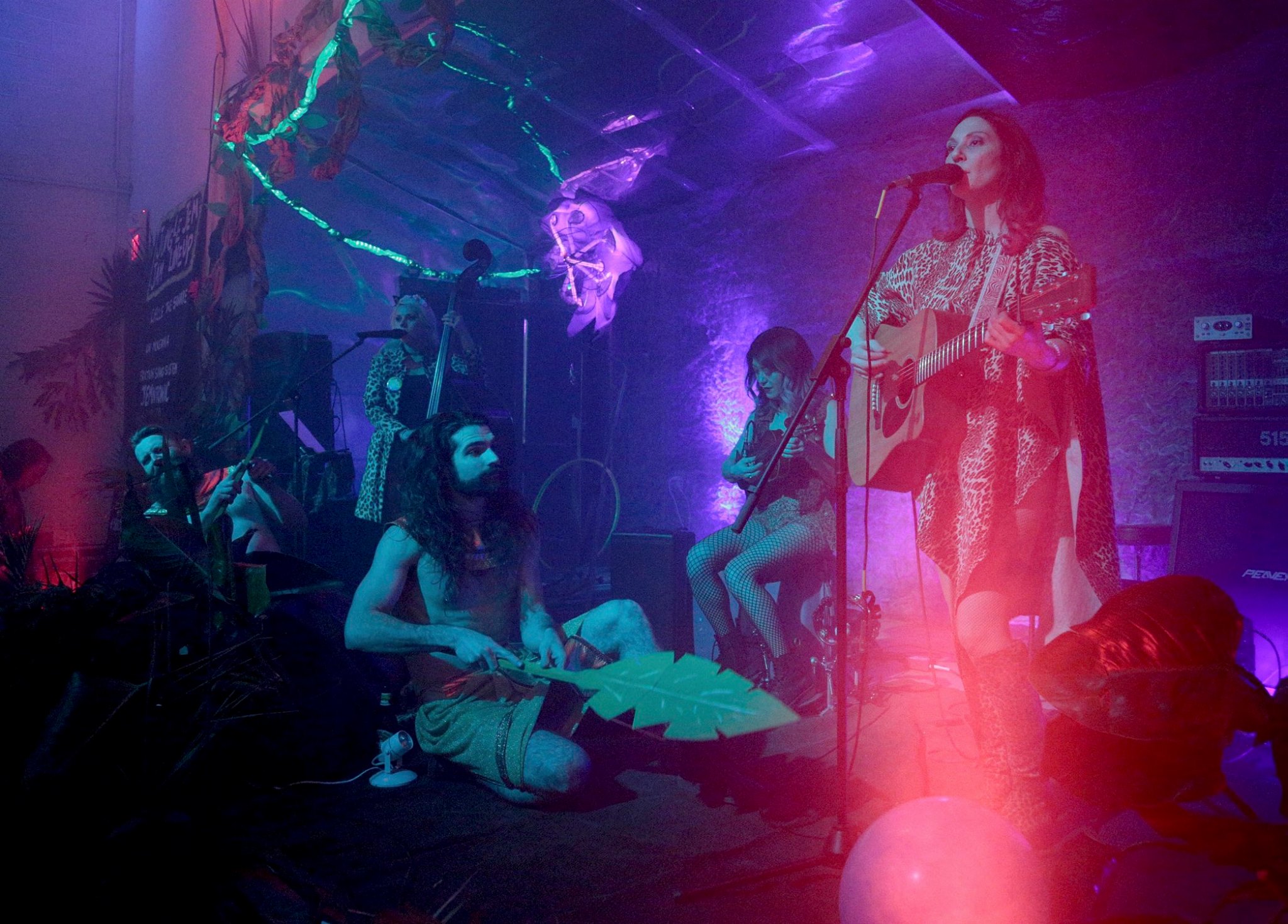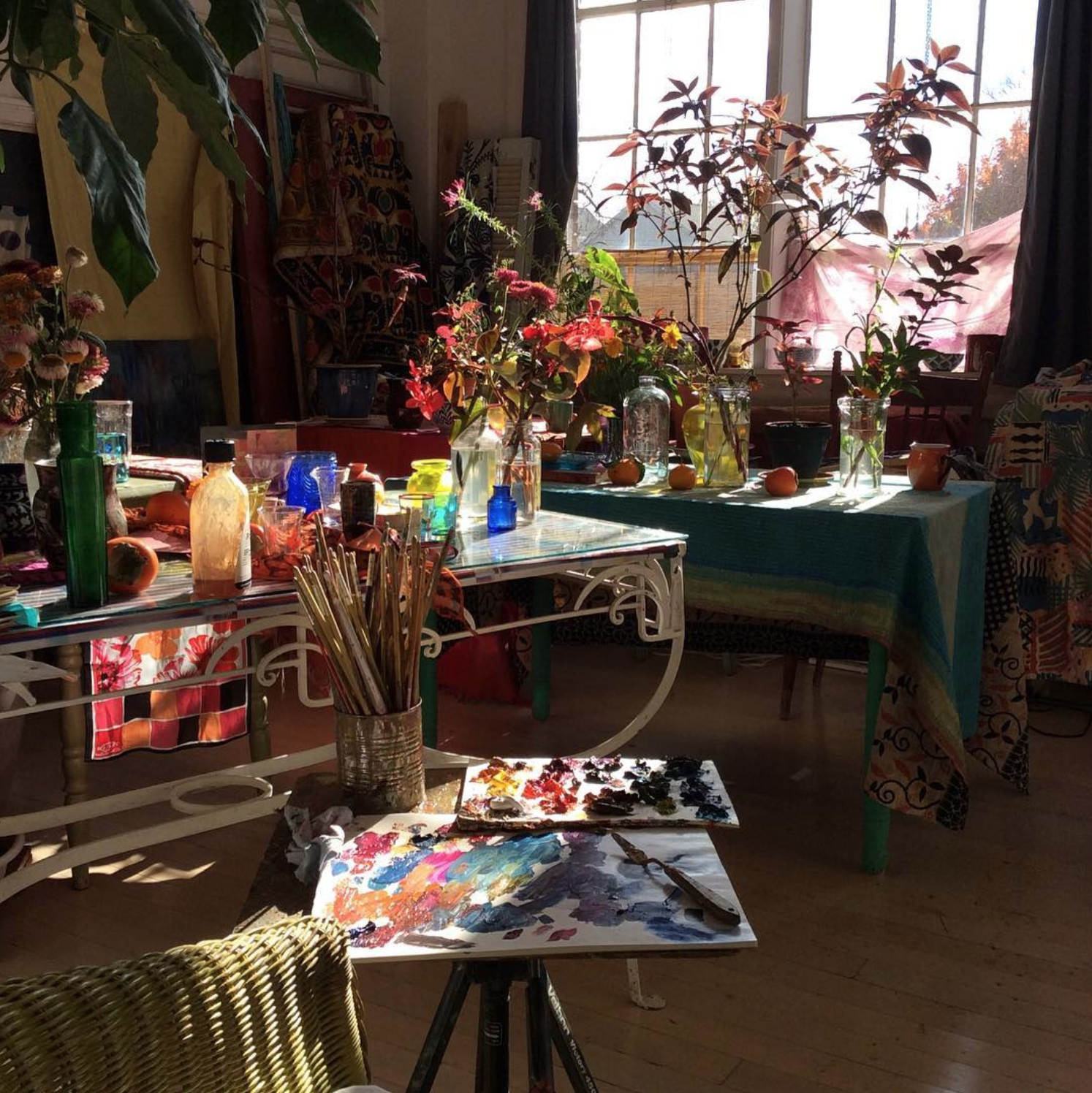In 1983, Richard W. Mann, Jr. and Russell B. Snider purchased a vacant school in the Milo-Grogan neighborhood of Columbus, Ohio. The school was originally built in 1894 by the citizens of the town of Milo (long since absorbed into the city of Columbus) who pooled their resources so their children could receive an education. The residents hired architect J.M. Freese, who also designed another famous Columbus landmark the Franklin Park Conservatory.
After 5 years, a core group of founding artists approached Rick with the vision to transform the building into an affordable live-work space, a dream that has become the Milo Arts community of today. Nearly 40 artists now occupy the former classrooms converted to live-work studios.
The large open spaces, abundant natural light and historic architectural features added to the appeal of the building for artist live-work studios. Before the first Columbus Dispatch article appeared, 26 artists had joined the community that is now the longest standing live-work artist residence in Columbus, Ohio.
Milo Arts is a live-work artist community in Columbus, Ohio
In the early years a unique variance was won allowing for work, live, sell, perform all in one’s own artist space. The building plans call it non-separated mixed use – unique wording to allow the artists their full range of creativity while meeting their personal living needs. During the latter half of the 1990s, renovations to the building continued and amenities, such as private baths and kitchens, were added to many of the studios. The Milo complex grew with the acquisition of several buildings on Cleveland Avenue, including a recording studio and a former auto shop that is now home to 934 Gallery. The adjoining gymnasium was used for concerts, events and classes. Over the years, Milo Arts residents and management have faced formidable challenges. The years 2000 and 2012 tested the artists will to survive as building officials attempted to vacate Milo Arts. The artists and management persevered.
The evolving campus now includes the adjacent 934 Gallery, Milo-Grogan Butterfly Garden, Racket Club Recording Studio and plans for an arts cafe. Echoing the building's roots as a citizen-built school, participation and community remain at the heart of Milo Arts.
A diverse rotation of creative endeavors is housed under the Milo roof including music and poetry, carpentry and dance, cinematography, painting, ceramics, fashion, acrobatics and photography. Residents foster an environment of camaraderie and collaboration, sharing a garden, bonfire circle and over 11,000 square feet of interior common space.
Beyond the brick and mortar, the founders of Milo Arts established a set of shared principles and values to ensure a supportive environment where artists from all walks of life could thrive and build a home together. The legacy of these initial ideals exists in structured forms, including resident meetings, Addendum VII in every artist’s lease, service hours and a voting system for new applicants. The residents continue to build the fabric of this community through collaborations, the sharing of a meal or volunteering together.
Spurred by the forward momentum of the myriad artists who have called Milo Arts home in its 30 years of operation along with many supporters, the building secured its occupancy permit in late 2016, solidifying the viability of the building the community and its place as a local arts institution.
For more information about Milo Arts please see our detailed history.


